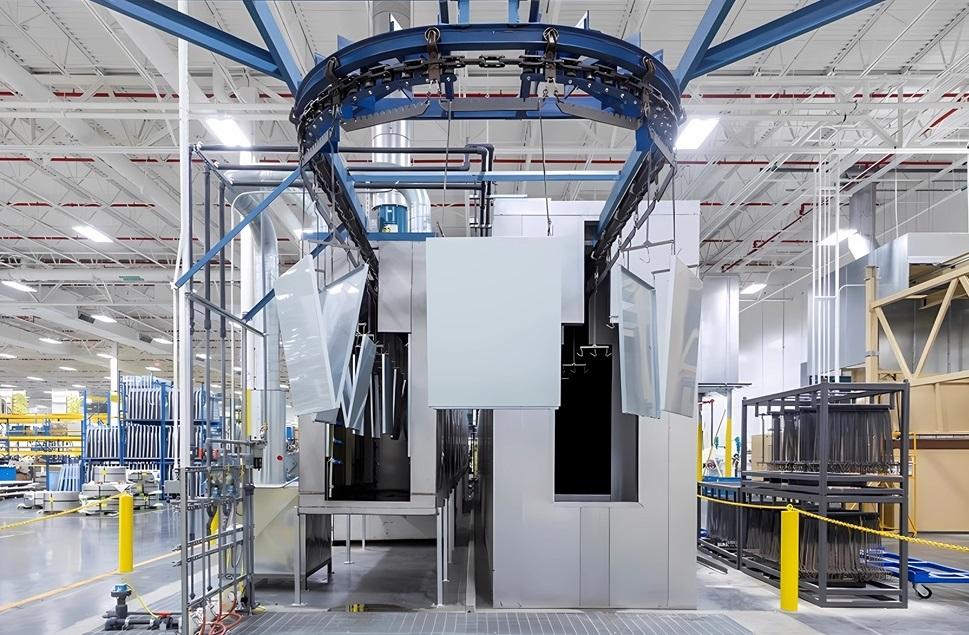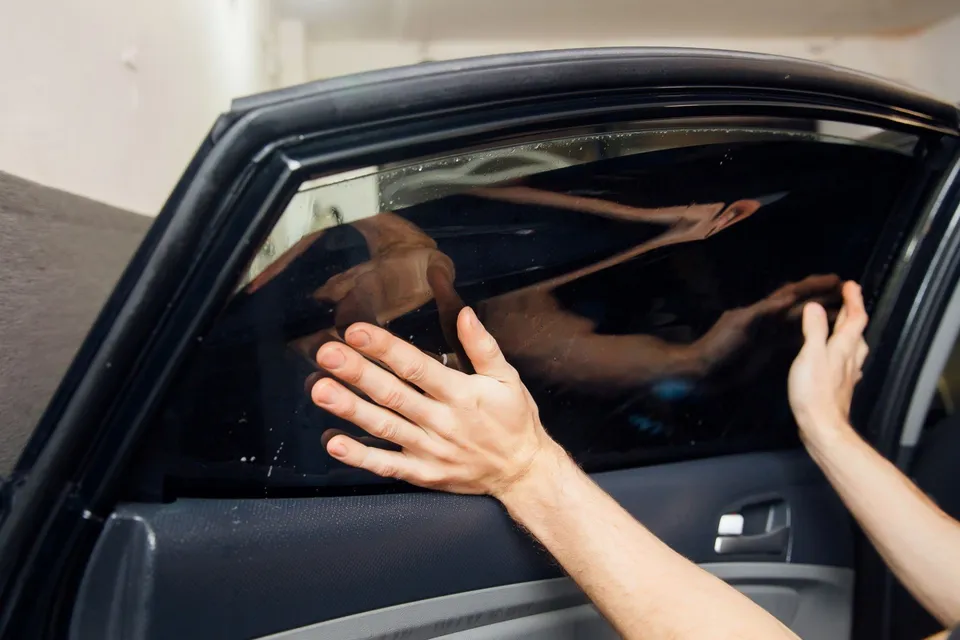Key Takeaways:
- Aging roofs often display signs that indicate the need for replacement.
- Identifying these signs early can prevent costly repairs and damage.
- Professional inspections can provide an accurate assessment of roof health.
Maintaining the safety and value of your house depends on knowing how your roof is doing. Often, homeowners face the dilemma of repairing and replacing their roof. Recognizing the signs of a deteriorating roof can save you from future headaches and costs. Whether you reach out to a professional roofing company or tackle the task yourself, knowing when to act is imperative. Delaying action can lead to more severe damage, including leaks, mold growth, and compromised structural integrity.
Age and Lifespan of Your Roof
Each roofing material has a typical lifespan: asphalt shingles last 20–25 years, wood shakes about 30 years, and metal or tile can endure up to 50 years. If your roof is nearing the end of its expected lifespan, it’s time to consider a replacement. As roofs age, their performance diminishes, increasing the risk of damage and leaks.
Signs of Aging
Older roofs show signs of wear and tear, such as curling shingles, missing granules, and persistent leaks. Additionally, if you notice daylight streaming through your roof boards, it strongly indicates that your roof has outlived its usefulness.
Visible Damage from Elements
Hail, strong winds, and storms can seriously harm roofs. After severe weather events, inspections are crucial to identify any issues. Look for cracked or missing shingles, dented metal panels, and damaged gutters.
Furthermore, standing water or sagging spots on a flat roof signals a professional needs to assess the situation. A roofing repair suffice for regular upkeep, but extensive damage necessitates a full replacement. Minor issues can quickly become costly structural problems if these signs are ignored. Prompt attention from a qualified roofing contractor helps ensure your home stays protected and weather-resistant.
Increasing Energy Bills
If your energy bills suddenly rise, your roof’s insulation might fail. Poor ventilation or compromised insulation can cause your heating and cooling systems to overwork, leading to higher energy costs. Monitoring your utility bills can help detect early signs of roof deterioration.
Excessive Granules in Gutters
Asphalt shingles frequently shed granules as they age. An abundance of granules in your gutters indicates that the protective coating on your roof is eroding. This accelerates deterioration, suggesting it may be time to consider a new roof.
Moss, Mold, and Fungal Growth
Moss and mold are unsightly and indicate trapped moisture, which can lead to further roof damage. Although cleaning can help temporarily, persistent growth may point to underlying roof structure issues. By taking care of these issues earlyon, you can save money on repairs and increase the lifespan of your roof.
Sagging Roof Deck
A sagging roof is a serious concern, suggesting structural issues. Long-term exposure to dampness or sudden damage from falling tree limbs might cause this. A sagging roof deck indicates a replacement is needed to ensure safety.
Seeking Professional Inspections
Professional roof inspections provide peace of mind. Experts can spot signs of trouble that might not be apparent to the untrained eye. Regularly scheduling inspections, even if no apparent issues exist, can help catch problems before they become costly.
Inspectors can offer tailored advice and comprehensively assess your roof’s condition. Their expertise ensures your home stays protected and potential hazards are averted promptly.
Making the Decision
Deciding to replace your roof is no small task and involves careful consideration of several factors. Budget, timing, and the roof’s current condition all play pivotal roles in decision-making. Whether opting for replacement or simple repairs, the ultimate goal is ensuring your home remains safe and secure.
Conclusion
In conclusion, monitoring your roof’s health is crucial to maintaining your home’s structural integrity. By identifying wear indicators and arranging for routine inspections, you can prevent damage and guarantee that your roof remains a sturdy, weatherproof barrier. Proper care and timely interventions can save you money and enhance the longevity of your roof, protecting your home for decades to come.





